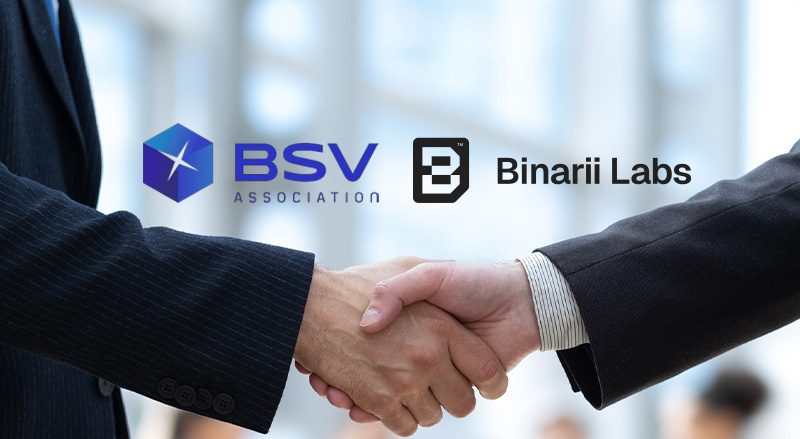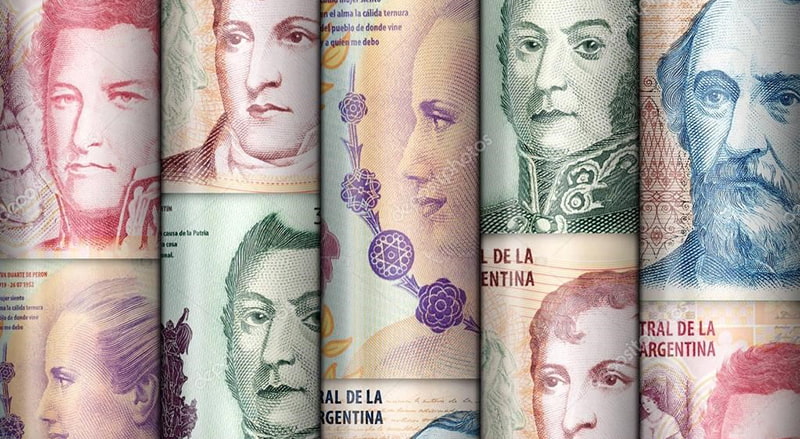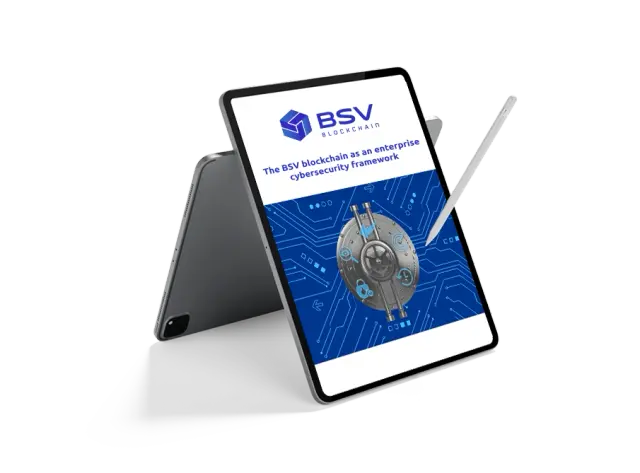In this digital age, spending significant time online is an all-too-common scenario—whether it’s social media, work, finances, health, logistics, education, etc.
This widespread digital engagement results in the continuous uploading of personal data, making it difficult to track and manage them all. However, controlling when and where you use your data is a must in a digital world, especially with the high number of cyber security threat cases.
So, how can you effectively address data centralisation and regain control over your digital identity? The solution lies in decentralised identity management.
The infographic below discusses decentralised identity management and how it lets you control your digital data.

What is Decentralised Identity?
Decentralised identity represents a groundbreaking shift in personal data control for Internet users. It operates on the principle of decentralisation, a cornerstone of blockchain’s philosophy.
Compared with traditional identity systems that often rely on centralised authorities and databases, decentralised identity leverages the security and transparency of blockchain networks for users like yourself. Blockchain for identity management gives you control over personal information by storing your data in the system’s distributed and tamper-resistant records.
In addition, decentralised identity in blockchain lets you select the information to disclose by only sharing what is necessary for a particular transaction or interaction. This granular control enhances privacy and minimises the exposure of sensitive data.
By embracing the decentralised nature of identity management in blockchain, you can break free from the confines of traditional counterparts and secure your digital presence.
Centralised vs. Decentralised: 4 Key Differences
In identity management, centralised and decentralised approaches represent two fundamentally distinct paradigms. Knowing the distinctions between them is essential for understanding the transformative potential of decentralised identity.
1. Control and ownership
As mentioned, centralised authorities control user data in traditional systems. Typically, you must trust these entities to safeguard your personal information, which may have higher risks of data breaches and privacy concerns.
On the other hand, decentralised identity in blockchain gives you control and ownership of your data. Information is stored on a distributed blockchain network, reducing the reliance on single points of failure and enhancing data security.
2. Privacy and selective disclosure
In centralised systems, you often have to surrender more data than necessary for transactions—compromising privacy as entities collect extensive information. Meanwhile, decentralised alternatives enable selective disclosure. In other words, you can share specific data on a need-to-know basis, enhancing privacy and minimising data exposure.
3. Interoperability
Centralised identity systems tend to be fragmented, which can be challenging when managing your identity across platforms. However, decentralised solutions promote interoperability. It allows you to seamlessly manage a single, portable digital identity in different devices, services, or applications.
4. Security and trust
For traditional systems, you and many other users often trust central authorities to manage and safeguard personal information. However, this vested trust makes them attractive targets for hackers. As such, data breaches and identity theft become persistent risks.
But, using blockchain for identity management lets you leverage blockchain’s security features. It minimises the risk of unauthorised access and makes data tampering extremely difficult.
How Decentralised Identity Management Empowers Individuals
Understanding the framework of decentralised identity management in blockchain is essential in this digital transformation era. Typically, its structural components include:
1. Blockchain
Blockchain for business benefits your company by optimising operations. However, the technology addresses more than just workflow and efficiency matters. Blockchain technology is vital in decentralised identity management by keeping verified identity records.
You can think of it as the bedrock of trust in the digital world. It ensures the integrity of identity data by making it immutable and verifiable.
2. Decentralised identity wallet
Keeping your data safe is possible thanks to decentralised identity wallets. This wallet is a secure digital repository that only you can access. It stores essential components, including decentralised identifiers (DIDs) and verifiable credentials (VCs).
Apart from having sole access, you’re the only one who can share the identity information stored in this wallet.
3. Decentralised identifiers (DIDs)
Think of DIDs as a digital fingerprint. They are unique identifiers associated with the users, entities, or objects to help you achieve data security and privacy in the digital world. A digital wallet app creates your DID with a link to your public key and uses it to establish trust-based access in the identity ecosystem.
4. Verifiable credentials (VCs)
Aside from DIDs, VCs also play a pivotal role in decentralised identity management in blockchain. They are digital certificates from trusted organisations such as universities, governments, agencies, or businesses you typically engage with and who must verify your identity using their private keys.
VCs can represent various types of information like your educational qualifications and employment history. They can also help with age verification.
Several key parties collaborate within the verifiable credential system:
- Holder
This role represents you. As the holder, you exercise complete control over the DIDs and VCs in your digital wallet, including the authority to determine when and with whom to share your credentials.
- Issuer
This party vouches for your qualifications and other claims by signing and issuing your VCs using their private key to signify credibility and trust in your credentials.
- Verifier
Verifiers diligently inspect the credentials you present. They confirm the authenticity of your credentials by cross-referencing the issuer’s DID on the blockchain to prove your identity.
5 Benefits of Decentralised Identity Management
Using blockchain for identity management offers several advantages, transforming how digital identities engage in online spaces.
1. Provides easier accessibility
Decentralised identity in blockchain simplifies your access to digital services. You can seamlessly navigate various platforms without the hassle of multiple logins or cumbersome authentication processes. This way, you can have a streamlined digital experience, making it more user-friendly and efficient.
2. Gives back control and data ownership
One of the fundamental pillars of decentralised identity is user empowerment. You can regain control and ownership of your data, letting you determine when, where, and with whom to share your information.
3. Offers uninterrupted authentication
With a decentralised identity management approach, you can reduce the risk of single points of failure. It allows you to maintain your identity independently while giving uninterrupted authentication across digital services. This resilience also minimises service disruptions, a common issue in traditional setups.
4. Builds trust between users and organisations
Trust forms the bedrock of online interaction, and decentralised identity supports that.
Enterprise blockchains are now more than just for increasing efficiency and streamlining processes. Trusted organisations can use this technology to issue VCs, creating a transparent and secure environment where you and other users can confidently engage and transact with trustworthy entities.
5. Enhances data security
Using blockchain for identity management, you can store your data in a tamper-resistant repository. In effect, you can prevent unauthorised access and data breaches by malicious entities. This heightened security protects you from identity theft, addressing one of the most pressing concerns in the digital age.
3 Challenges of Decentralised Identity Management
While decentralised identity management holds immense value, it also encounters several challenges to widespread adoption.
1. Standardisation
The absence of standardised protocols and frameworks can impede the seamless adoption of decentralised identity solutions. A lack of agreed-upon standards can lead to fragmentation and interoperability issues.
To realise the full potential of decentralised identity, stakeholders must work toward establishing common standards that enable interoperability across systems and platforms.
2. Interoperability
Effective communication and exchange of information becomes increasingly crucial as different identity systems emerge. As a user, you should be able to manage your identity seamlessly regardless of the device, service, or application you want. However, achieving this interoperability level requires coordinated efforts and adherence to shared standards.
3. Security and privacy
While blockchain technology offers robust security features, vulnerabilities can still exist at the application level. As such, this system may still encounter difficulties securing decentralised identity wallets and safeguarding user data from unauthorised access or breaches.
Moreover, balancing user-controlled data and trusted verification processes is essential to address privacy concerns.
Take Control of Your Digital Identity with Blockchain
Having complete control over your data is crucial in countering cyber threats like data theft—and decentralised identity management shows significant potential in this area. Through this approach, you regain control over your data.
Unlike traditional systems reliant on central authorities, a blockchain-based solution for decentralised identity management offers user empowerment and data resilience. It safeguards your digital presence and forges a more secure online future.
Ultimately, blockchain can help you maximise the benefits of decentralising data such as digital identities. Download our eBook, ‘What the BSV blockchain is and why it is the infrastructure for the data economy’ to learn how BSV Blockchain can provide a solid infrastructure for a data-based economy. Visit BSV Blockchain’s extensive library of articles to learn more about Bitcoin and blockchain.






